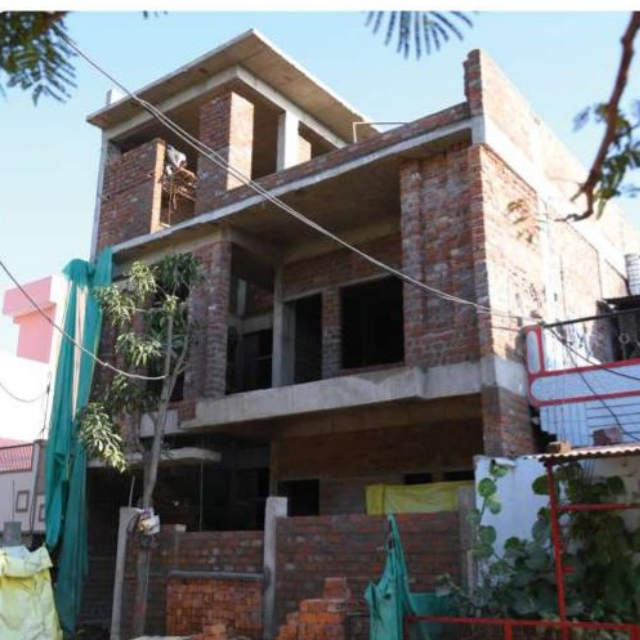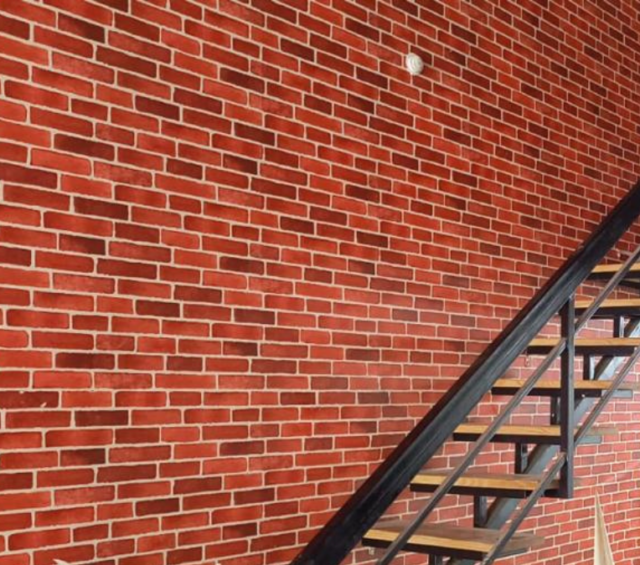Outline of the Article:
- Introduction
- Importance of Brickwork in Modern Architecture
- The Blend of Tradition and Innovation
- Top 10 Innovative Brickwork Designs for Modern Architecture
- Brief Overview of Brickwork Evolution
- Parametric Brick Walls
- What are parametric brick walls?
- Examples of Parametric Brick Walls in Architecture
- Perforated Brick Facades
- Purpose of Perforations
- Aesthetic and Functional Benefits
- 3D Brick Patterns
- Advanced Techniques in 3D Brickwork
- Popular Projects Utilizing 3D Brick Patterns
- Green Brick Walls
- Integrating Plants with Bricks
- Environmental Benefits
- Interlocking Bricks
- Structural Advantages
- Creative Applications
- Curved Brick Walls
- Techniques for Curvature
- Visual Impact of Curved Walls
- Modular Brick Systems
- Customizable Designs
- Flexibility in Architecture
- Light and Shadow Play with Bricks
- Designing for Dynamic Effects
- Iconic Examples
- Brick Screen Walls
- Privacy with Style
- Practical Applications
- Mixed Material Brick Designs
- Combining Bricks with Glass, Metal, and Wood
- Advantages of Hybrid Designs
- Sculptural Brick Installations
- Art Meets Architecture
- Examples of Sculptural Masterpieces
- Conclusion
- Embracing Innovation in Brickwork
- The Future of Brick Architecture
- FAQs
- What are the benefits of innovative brick designs?
- Can these designs be used in residential projects?
- Are innovative brick designs sustainable?
- How do these designs impact the cost of construction?
- Where can I find architects specializing in such designs?
Top 10 Innovative Brickwork Designs for Modern Architecture
Introduction
Bricks have been a cornerstone of architecture for centuries, standing the test of time with their durability and versatility. While they often evoke images of traditional buildings, modern architecture has taken brickwork to exciting new heights. By blending timeless materials with cutting-edge designs, architects are redefining what’s possible. Ready to be inspired? Let’s dive into the top 10 innovative brickwork designs that are reshaping the architectural landscape.
Parametric Brick Walls
What are parametric brick walls?
Imagine a wall that’s more than just a boundary; it’s a piece of art. Parametric brick walls use advanced algorithms to create intricate patterns and shapes. These walls often have undulating surfaces or dynamic angles, giving buildings a futuristic vibe.
Examples of Parametric Brick Walls in Architecture
One notable example is the “M6 Building” in Amsterdam, which features flowing brick walls that seem to ripple like water. Such designs not only look stunning but also enhance natural ventilation and light.
Perforated Brick Facades
Purpose of Perforations
Perforated brick facades are as functional as they are beautiful. By strategically leaving gaps, these designs allow airflow and light penetration, creating a natural cooling effect.
Aesthetic and Functional Benefits
These façades add a sense of rhythm and texture to buildings. Iconic examples include the “Fa Brick House” in Vietnam, which balances privacy and openness beautifully.
3D Brick Patterns
Advanced Techniques in 3D Brickwork
3D brick patterns involve stacking bricks unconventionally to create depth and dimension. Advanced tools like robotic arms are often used to achieve precise placements.
Popular Projects Utilizing 3D Brick Patterns
The “Kampung Admiralty” in Singapore showcases 3D brick patterns that play with light and shadow, turning walls into living canvases.
Green Brick Walls
Integrating Plants with Bricks
Why stop at bricks when you can integrate greenery? Green brick walls incorporate planters within their structure, merging nature with architecture.
Environmental Benefits
These walls improve air quality, reduce urban heat, and add a touch of serenity to bustling cities. A standout example is the “Bosco Verticale” in Milan.
Interlocking Bricks
Structural Advantages
Interlocking bricks eliminate the need for mortar, making construction faster and more sustainable. They fit together like puzzle pieces, ensuring stability and strength.
Creative Applications
From eco-homes to temporary structures, interlocking bricks offer endless possibilities. Their modular nature allows for easy customization and disassembly.
Curved Brick Walls
Techniques for Curvature
Achieving smooth curves with bricks requires precision and innovation. Techniques like staggered bricklaying and custom molds are often used.
Visual Impact of Curved Walls
Curved walls add a sense of fluidity and movement to buildings. The “Arcus Center” for Social Justice Leadership in Michigan exemplifies this beautifully.
Customizable Designs
Modular brick systems are pre-designed units that can be assembled in various configurations. This allows architects to experiment with forms and layouts.
These systems are ideal for adaptive reuse projects and dynamic spaces. They provide a mix of efficiency and creativity.
Light and Shadow Play with Bricks
Designing for Dynamic Effects
By arranging bricks to manipulate light, architects create captivating effects that change throughout the day.
Iconic Examples
The “Brick Cave” in Hanoi uses light and shadow to create a meditative atmosphere, proving that bricks can be poetic.
Brick Screen Walls
Privacy with Style
Brick screen walls offer privacy without compromising aesthetics. They act as a breathable shield, perfect for courtyards and balconies.
Practical Applications
These walls are commonly used in tropical climates to balance ventilation and seclusion. The “House 101” in India is a prime example.
Mixed Material Brick Designs
Combining Bricks with Glass, Metal, and Wood
Pairing bricks with materials like glass, metal, or wood creates a striking contrast. This approach enhances both texture and function.
Advantages of Hybrid Designs
Hybrid designs bring the best of multiple worlds, offering durability, transparency, and warmth. The “Tate Modern Switch House” in London is a standout project.
Sculptural Brick Installations
Art Meets Architecture
Sculptural brick installations blur the lines between art and function. These designs often serve as focal points in public spaces.
Examples of Sculptural Masterpieces
Projects like the “Serpentine Pavilion” showcase how bricks can be transformed into awe-inspiring sculptures.
Conclusion
Innovation in brickwork is proof that even the most traditional materials can evolve with creativity and technology. These designs not only redefine architecture but also inspire us to think outside the box. Whether it’s for aesthetic appeal, functionality, or sustainability, innovative brickwork designs are here to stay. So, what’s stopping you from incorporating them into your next project?
FAQs
- What are the benefits of innovative brick designs? Innovative brick designs offer aesthetic appeal, improved functionality, and sustainability. They make buildings stand out while addressing practical needs like ventilation and insulation.
- Can these designs be used in residential projects? Absolutely! Many of these designs, like green walls and perforated facades, are perfect for homes looking to combine style and functionality.
- Are innovative brick designs sustainable? Yes, many of these designs focus on eco-friendliness, using recycled materials or enhancing energy efficiency.
- How do these designs impact the cost of construction? While some techniques may increase initial costs, they often lead to long-term savings through energy efficiency and durability.
- Where can I find architects specializing in such designs? Look for firms that prioritize modern, sustainable architecture or specialize in brickwork innovations. Online portfolios and architectural directories are great starting points.


